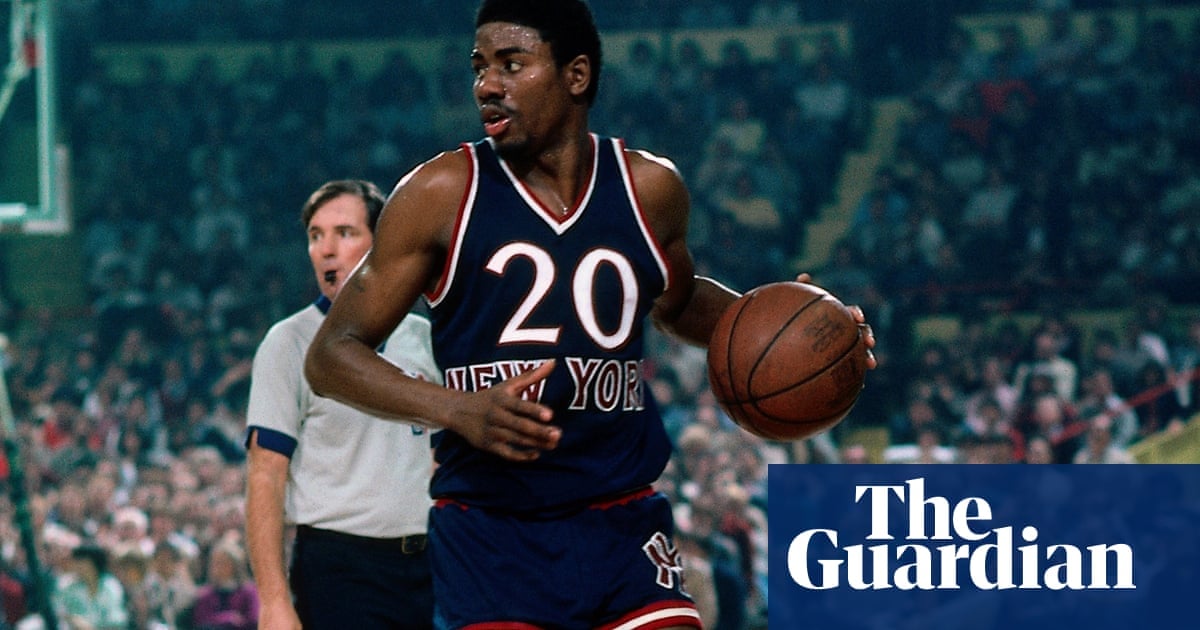Micheal Ray Richardson was a brilliant player: a four-time NBA All-Star guard. He was also the first player banned for life by the league for drug use, something which was far more common during his playing days. Back in the 1980s, substances like cocaine were not only part of professional sports but also society and entertainment at large, and Richardson says talk about drugs was routine during what some still call the NBA’s cocaine era. “During warmups,” Richardson says, “guys on different teams would say, ‘Yo, man, I got what you’re looking for. Let’s get together when [the game] is over.’ And boom that’s how it got going.”
At the time, drugs were “everywhere – it was like a fad,” says Richardson, who also goes by the nickname Sugar. But in the NBA, it alienated many fans. So much so that to correct the problem, the NBA instituted a three-strike system, which led to Richardson’s 1986 banishment (all of which he discusses in his forthcoming memoir, Banned).
Today, aside from the 10ft basket and the five-on-five competition, the NBA does not resemble the league in the late 1970s and early 1980s. But when it comes to drugs, that change took time. For Richardson, who grew up modestly in the midwest and only got into drugs after succumbing to peer pressure while living in New York City and playing for the Knicks, drugs were not a part of his early life. Then they overtook him and led to a debilitating years-long addiction. But his story is far from unique. When David Stern took over as commissioner of the NBA in 1984, one of his top priorities, along with promoting the Magic Johnson-Larry Bird rivalry, was cleaning up the game. That meant suspensions and lifetime bans (Richardson was also the first player reinstated to the NBA, in 1988, but he never returned to the league).


